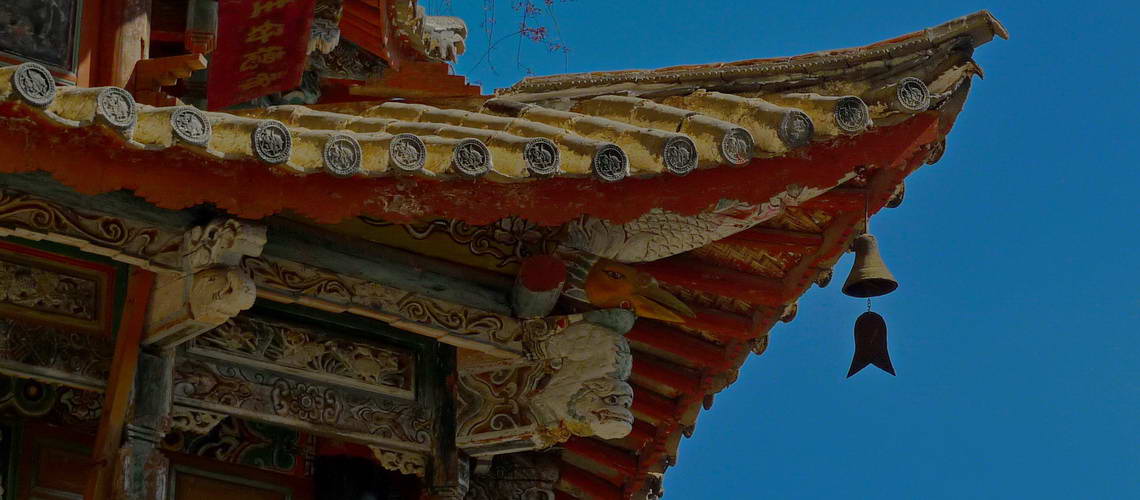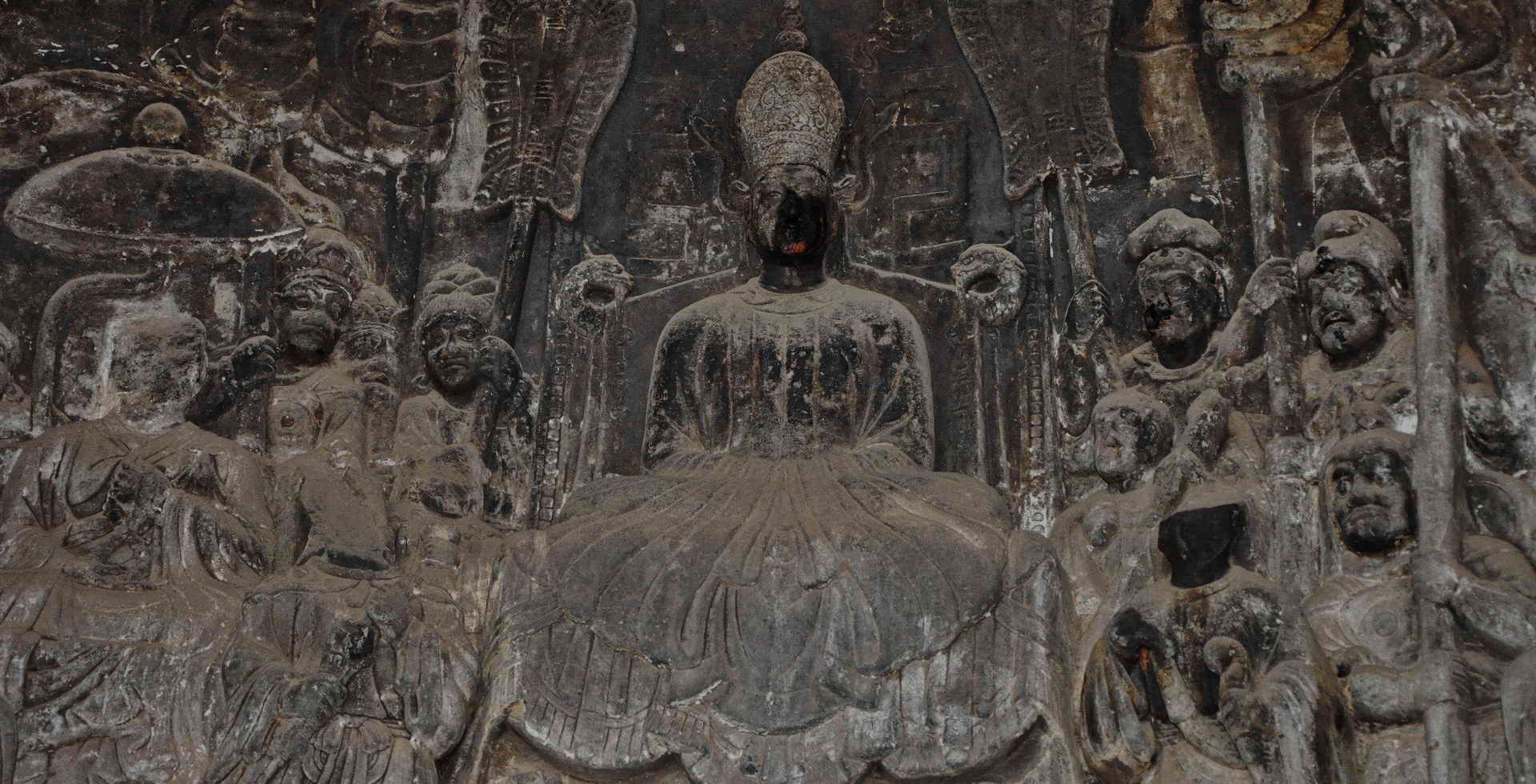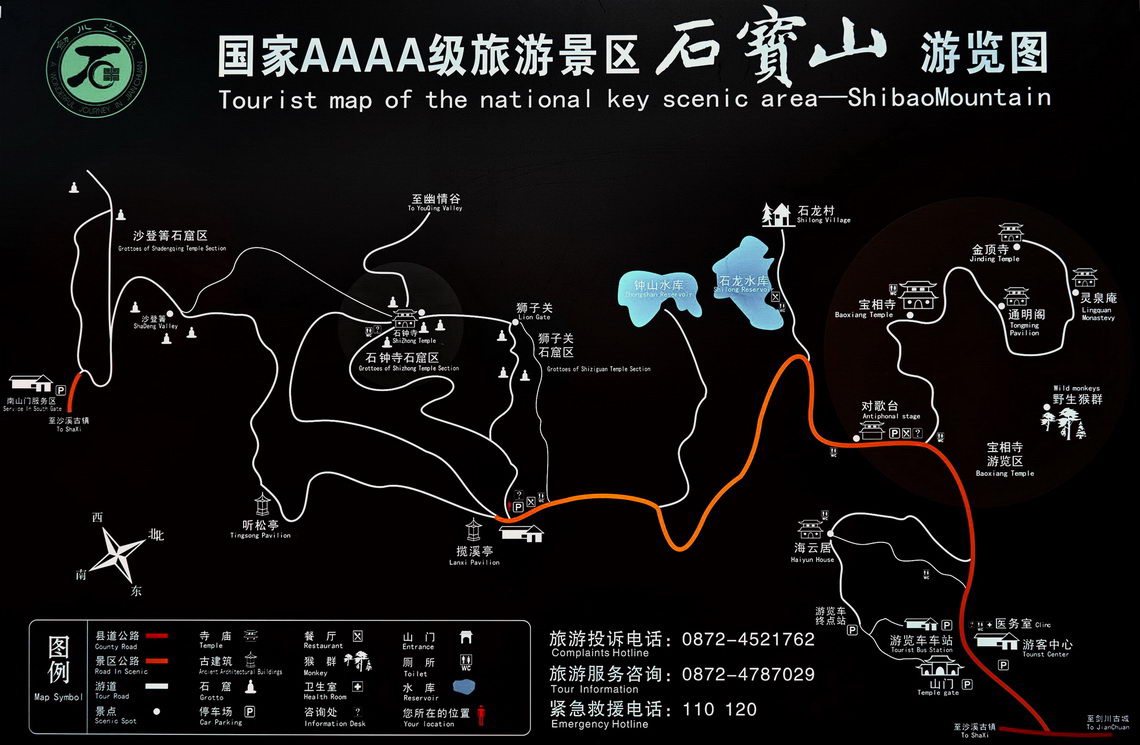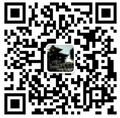
沙溪的核心景点
石宝山位于沙溪北方14公里处,是国务院首批公布的全国重点文物保护单位,是著名的风景名胜区。石宝山又名佛顶山,海拔3628米,东西跨距7.7公里,南北跨距2.45公里。由照壁山、大黑山、石宝山三个主山峰组成。山中建有海云居、宝相寺和石钟寺三处庙宇建筑群。石宝山为丹霞地貌,球状风化石形成的奇峰异石如钟、如狮、如象,高者成崖,错落有致,别具一格。石钟山石窟造像分别分布在石钟寺、狮子关、沙登村三个地区,是云南现存规模最大、保存最完好的石窟群,是国家第一批重点文物保护单位,共有17窟浮雕造像139躯,为南诏、大理国时期的雕刻艺术,距今已有一千多年历史。
中国隐藏的古代奇迹
石钟山上有三处石窟群。其中石钟寺区八窟,狮子关区三窟,沙登箐区六窟。三个区域共造像139尊。这些石像,均雕刻在红砂石上,以佛教造像为主要内容,构造了一幅生动的宗教历史画卷。 在南诏200多年的历史中,功绩特别显著的3位王者在石窟中均有雕像。石钟山石窟的139尊像中,除南诏历史人物雕像外,还有释逸牟尼、八大明王等佛教造像和反映人们日常生活的樵夫、老翁、琴师、童子以及女性生殖器雕像,这些雕像,栩栩如生,充满民间生活气息。
石钟山上有三处石窟群。其中石钟寺区八窟,狮子关区三窟,沙登箐区六窟。三个区域共造像139尊。这些石像,均雕刻在红砂石上,以佛教造像为主要内容,构造了一幅生动的宗教历史画卷。
在南诏200多年的历史中,功绩特别显著的3位王者在石窟中均有雕像。石钟山石窟的139尊像中,除南诏历史人物雕像外,还有释逸牟尼、八大明王等佛教造像和反映人们日常生活的樵夫、老翁、琴师、童子以及女性生殖器雕像,这些雕像,栩栩如生,充满民间生活气息。
石钟山石窟的开造年代,上迄南诏(唐),下至大理国(宋),至今已有1000多年的历史,是云南最早的石窟。这一石窟群所具有的历史、科学和艺术价值,已被越来越多的人所重视,特别是那座中国唯一的女性生殖器(白族语叫央白)雕塑,竟然出现在以佛像、王者像为主题的雕像群中,这引起了联合国有关学者专家的极大关注。学者认为这反映了白族母系氏族的传统。如今,仍有当地女性来这里祈求生育与顺利分娩。
许多的猴子和台阶
宝相寺又名祝延寺、石宝寺,因建筑奇险,被誉为“云南的悬空寺”。为明正统年间所建,初为道观,后来佛教兴盛,除玉皇阁外,大多庙宇均供佛像,成为一个佛道合一的场所。宝相寺建在佛顶山高耸险峻的悬崖上,令人目眩,寺坐西朝东,进山门而至天王殿,大雄宝殿均层层升高,弥勒殿与玉皇阁则凌空建造在崖内,需从左右攀岩扶壁方能到达。
宝相寺的景观很有特点,它以寺附崖窟,高峻险奇,令人难以忘怀。山腹的大殿依崖而建,每到雨天,山水四漫、飞瀑直下,直落寺前天井。如遇晴天,则蓝天白云石势惊天。最好选择一个游人较少的日子,来这里欣赏美景及石刻。从宝相寺进入,经通明阁到达金顶寺,登上99级石阶欣赏日出美景,然后沿小路向北前往蝙蝠洞和海云居。这里的寺庙周边有很多猕猴,你可以邀请他们分享你的午餐。
乘坐面包车从沙溪客运站出发大约20分钟即可到达石宝山景区,但徒步进入这一遍布庙宇的美丽地区会是更好的选择。在沙坪村北端左转(向西)进入水泥路,大约20分钟后可以到达石宝山景区南部边缘,步行2小时即可到达石钟寺,门票45元(徒步游客可申请半票优惠)。这一区域的游人稀少,如果想游遍所有美丽的风景,即便是活力充沛的旅行者也需要将近3天的时间。
The Hai Yun Ju Nunnery (Sea of Clouds Abode 海云居) is a lively functioning temple and features many sacred rooms, shrines and intact buildings. It is not listed on the tourist maps but is well worth an hour's visit at least. There are rooms for accommodation, a vegetarian kitchen serving simple meals and a garden where much of the food is grown. The Nunnery sill has resident nuns, but many more will come for festivals and events to chant prayers. Hai Yun Ju is looked after by elder Bai women, mostly from Shilong Village nearby, who keep the candles and incense burning while a few men keep track of donations. The caretakers are all very friendly and will invite visitors to have tea or a meal. In the main hall is a 6 meter white jade Buddha from Burma who pilgrims come to worship from far away.
Haiyun temple is the first temple encountered at the Shibaoshan area. Dating back to the 17th century, the Chan Buddhist temple is important for local Bai minority people, but this secluded templed is often overlooked by visitors seeking monkeys, cliff temples or ancient symbolic stone carvings found further into the Shibaoshan area. Located on the left after the ticket office entrance, Haiyun is tucked away on the north-west forested flanks of Stone Umbrella mountain. As well as the ancient temple complex hidden among the trees behind the moss-covered walls, there are stupas, stone urn tombs, caves with bats, red rock formations resembling umbrellas and old tall trees. Two elderly matriarch caretakers add to the olde-worlde feel of the historic buildings. Wild camellia trees grow around the temple, meaning the temple and nunnery is also known as the Camellia Temple. You can even make fresh tea with the leaves. The lovingly-tended gardens in the grounds provide a spectacle throughout the year.
Low, narrow stone stairs lead to the traditional stone gateway that greets visitors with an old classic Buddhist poem carved into the rock. Further along a few more steps, century-old cypress trees stand by the main entrance to the temple, their branches used as incense. The entranceway is guarded by two scary-looking Tibetan Buddhist door gods, Heng and Ha. Because of Dali's location and proximity to the direct teachings of the Buddha and the spread of Buddhism through Tibet into the Chinese borderlands, these temple bouncers are found in most Buddhist temples throughout the Bai minority areas around Dali.
As you walk into the temple complex, there is a happy Buddha with a chubby belly, seating in the middle. The second hall features four figures, representing the four directions of the Universe.. Known as the Four Heavenly Kings, each is holding a powerful magic tool. Follow the stairs to the first garden, turn left and you will reach the second floor, directly above the four direction gods. The 'fengshui' of this place is very good. On a clear, sunny day, you can see in the distance the glistening snowy peaks of the Jade Dragon Snow mountain near Lijiang.
Prominent in this part of the temple is Guanyin, the goddess of mercy, compassion and kindness. She appears in white holding a vase in one hand, and willow branches in her other hand. Many Bai women and children come to pray to her. On the left of Guanyin are two goddess figures. One sitting on an elephant is the goddess of actions and deeds. The other sitting on a green lion is the goddess of wisdom, holding a book in one hands and a sword on the other to cut off all desires and troublesome thoughts. Throughout China, there are four goddesses, but in this temple there are only three, with the goddess of will and wishful thinking not represented. In the right corner, is the figure of the monk Tangseng, a key person in the spread of Buddhism from India to China. A skilled language scholar, he was asked by the Tang Dynasty Chinese emperor to travel to India with the monkey king to fetch the first Buddhist scriptures. He is regarded as the founder of one of the eight schools of Buddhism in China, the East Asia Yogacara school.
Walk on, past the garden, and in the hall above stands the tall, dark figure behind the glass of Guanyu, a warrior from the Eastern Han Dynasty (25AD-220AD). He was known as a brave fighter, who was also fair-minded, and was worshipped as the spirit of warfare. In China, he is often paired with the master of learning and knowledge, Confucius. Behind Guanyu is a garden which faces the main hall. The wooden sign says save yourself first to save others. The six-piece wooden carved doors tell the story of the rebellious monkey king before he ventured to India. On the left wall, there is a classic painting of the monk Pu Lian, with his student, who built this temple in 1684. Inside the main hall, there are three Buddha figures, the flanking images are quite old and made of clay, while the central Buddha is made from jade from Burma (Myanmar). Painted on the walls are the four-direction gods.
HISTORY
So how did Haiyun temple come into being almost 350 years ago? The story goes that during the Ming dynasty a travelling monk Chushi visited the area, and fell in love with the quiet of the majestic mountains around Jianchuan. A young man asked to be his student, and together they explored the area, finding an ideal place to found a temple and monastery in the hills. They collected funds, and the temple was finally opened in 1684. Abbot Chushi decided it was time for him to move on, so he left the student, Pu Lian, to be in charge. The remains of Pu Lian are held in the large stone urns outside the main gate.




